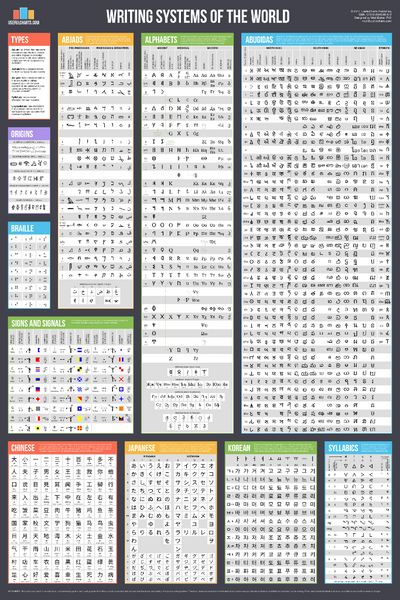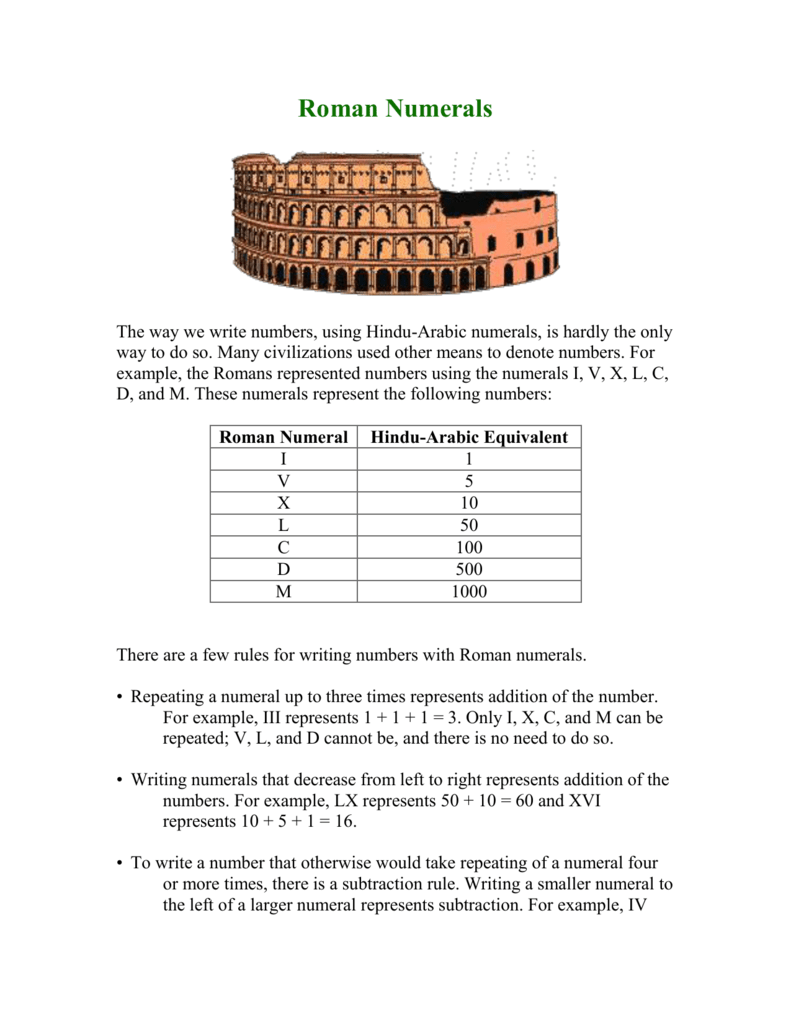

- #Rules for writing numbers how to#
- #Rules for writing numbers password#
However, if a hyphen is used, write out the name of the metric quantity with the hyphen between the numeral and the quantity. When a metric value is used as a one-thought modifier before a noun, hyphenating the quantity is not necessary.
Prefixes: Symbols of prefixes that mean a million or more are capitalized and those less than a million are lower case (M for mega (millions), m for milli (thousandths)).Ī space is used between the number and the symbol to which it refers. Symbols: Unit symbols are written in lower case letters except for liter and those units derived from the name of a person (m for meter, but W for watt, Pa for pascal, etc.). 
Thus, body temperature is written as 37 degrees Celsius. There is one exception: in "degree Celsius" (symbol ☌) the unit "degree" is lower case but the modifier "Celsius" is capitalized.
Units: The names of all units start with a lower case letter except, of course, at the beginning of the sentence. For example, 250 mm = 250 millimeters, NOT 250 mms. Symbols: Symbols for units are never pluralized. Examples: 0.25 liter (quantity is less than one) and 250 milliliters (quantity is more than one). Units: Names of units are made plural only when the numerical value that precedes them is more than one. Examples: meter, liter, and deka, NOT metre, litre, and deca. All units and prefixes should be spelled as shown in this guide. NIST SP 811 provides an editorial checklist for reviewing manuscripts' conformity with the SI and the basic principles of physical quantities and units. Verbal pronunciation of SI terminology is purposefully not addressed in the BIPM SI Brochure (French is the primary language, English is secondary), NIST SP 330 (uses American English spelling), NIST SP 811 (uses American English spelling), or IEEE/ASTM SI 10. International SI style and usage publications focus on written communication. Values of quantities are expressed using Arabic symbols for numbers paired with a unit symbol, often with a prefix symbol that modifies unit magnitude. The National Conference on Weights and Measures (NCWM)Ī benefit of the International System of Units (SI) is that written technical information is effectively communicated, overcoming the variations of language, including spelling and pronunciation. State Laboratories A-C Expand or Collapse.  NIST / OWM Security and Privacy Policies.
NIST / OWM Security and Privacy Policies. #Rules for writing numbers how to#
How to Request Training & Transcript Using the Contacts System (PDF). How to Request Publications using OWM Contacts System (PDF). Quick Guide for OWM Contacts System (PDF). #Rules for writing numbers password#
How to Reset Password Using the Contacts System (PDF). OWM Contacts Systems Expand or Collapse. Electric Vehicle Fueling and Submetering. Legal Metrology Devices Expand or Collapse. Laws and Regulations Expand or Collapse. Laboratory Metrology Expand or Collapse. International Legal Metrology Expand or Collapse. Resources for Continuing Education and Training. Therefore, it is important to know which style you should follow. Remember, there are many other rules and these rules change among different styles. These are some of the general rules for how to write with numbers. However, there are just five students attending the competition, and there are only 27 fans. Three hundred dollars will be given to ten 18–year–old students who can finish the experiment within one-half and two minutes. Spell out simple fractions and use a hyphenĮx: Three 12-year-old children or 3 twelve-year-old childrenĪn example that uses all of the rules above: Spell out the number if you begin a sentence with numbersĮx: Thirteen women will attend the ceremony Use figures/numerals for numbers above ten Many consultants are willing to help you. If you really get confused, make an appointment with the OSU Writing Center. Remember that being consistent is important. Here are some general tips and rules on how to use numbers in your writing:īe aware of the differences between the main style guides- APA, MLA, and Chicago- because these different styles frequently have different rules on using numbers in the text.Īsk your instructors about what specific style that they follow. Spelling out numbers or using them as figures (numerals) is sometimes tricky, as there are many rules on how to indicate them in the text.







 0 kommentar(er)
0 kommentar(er)
